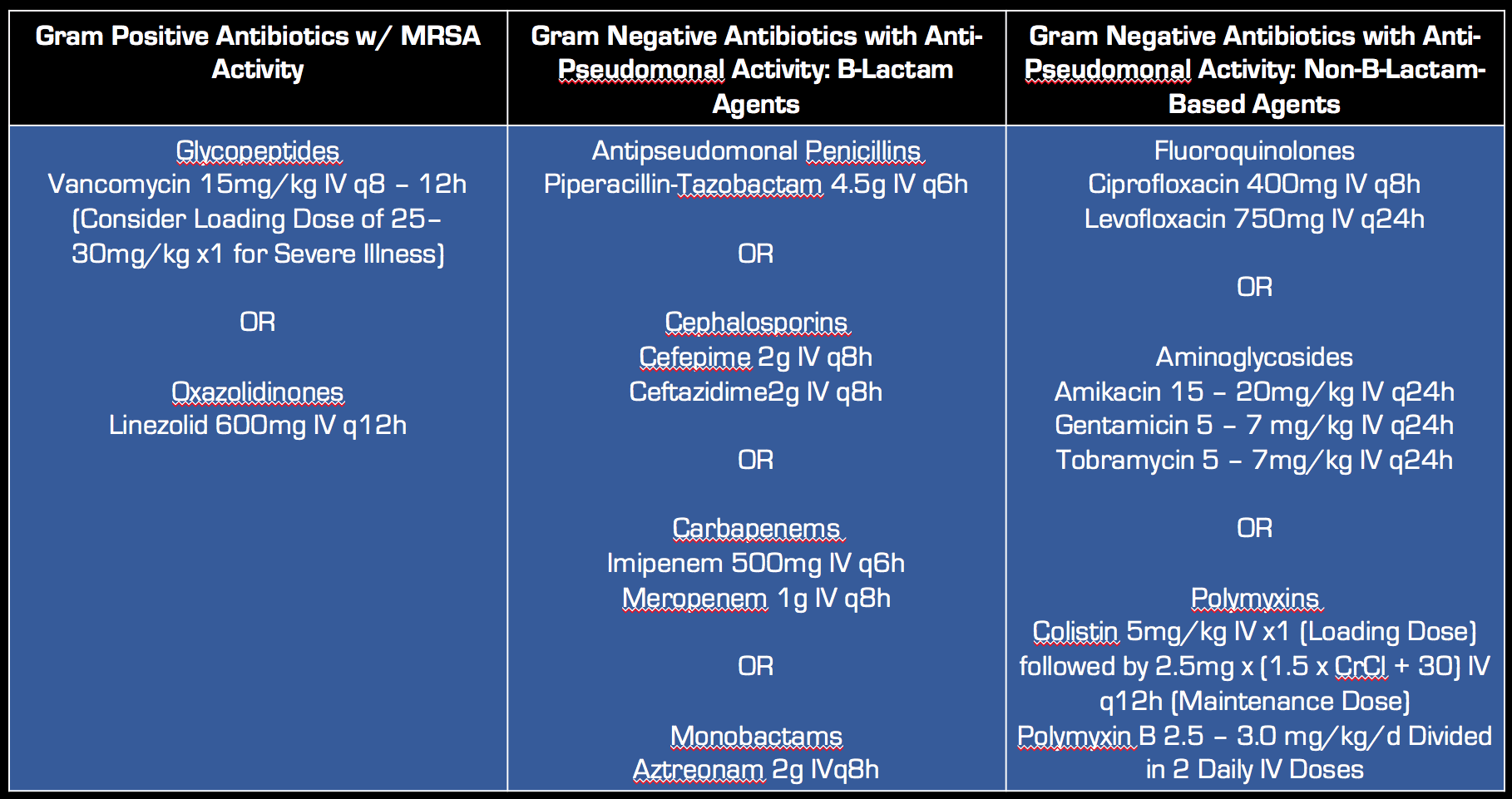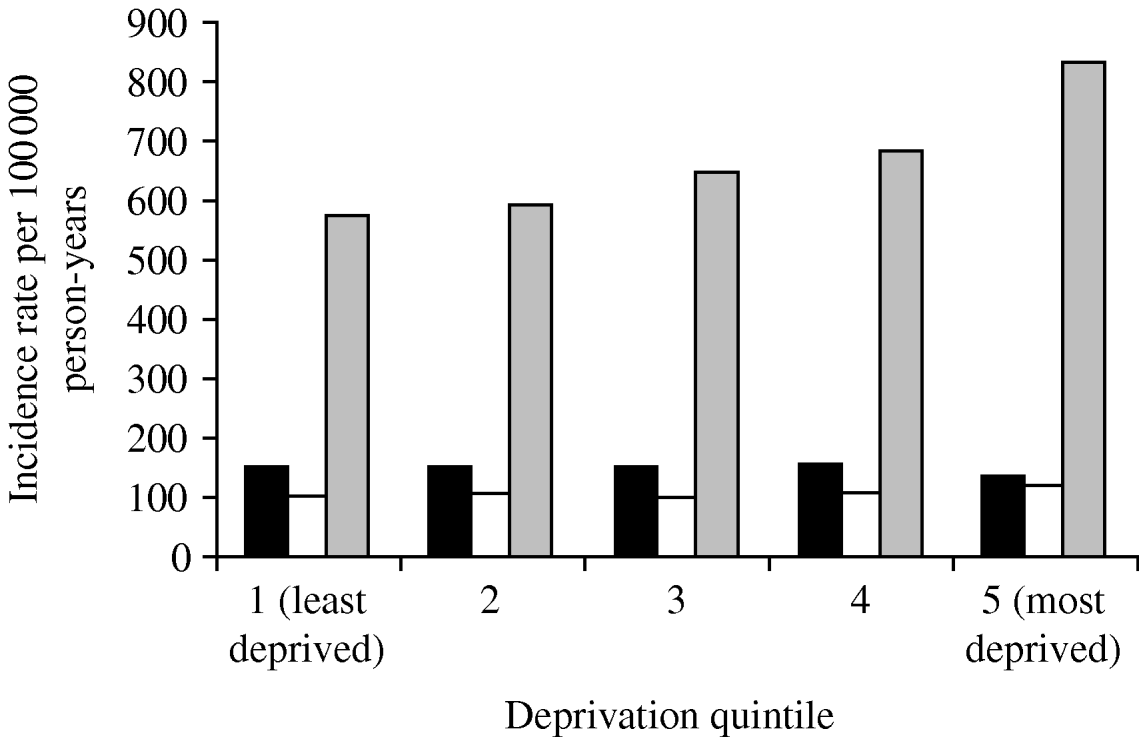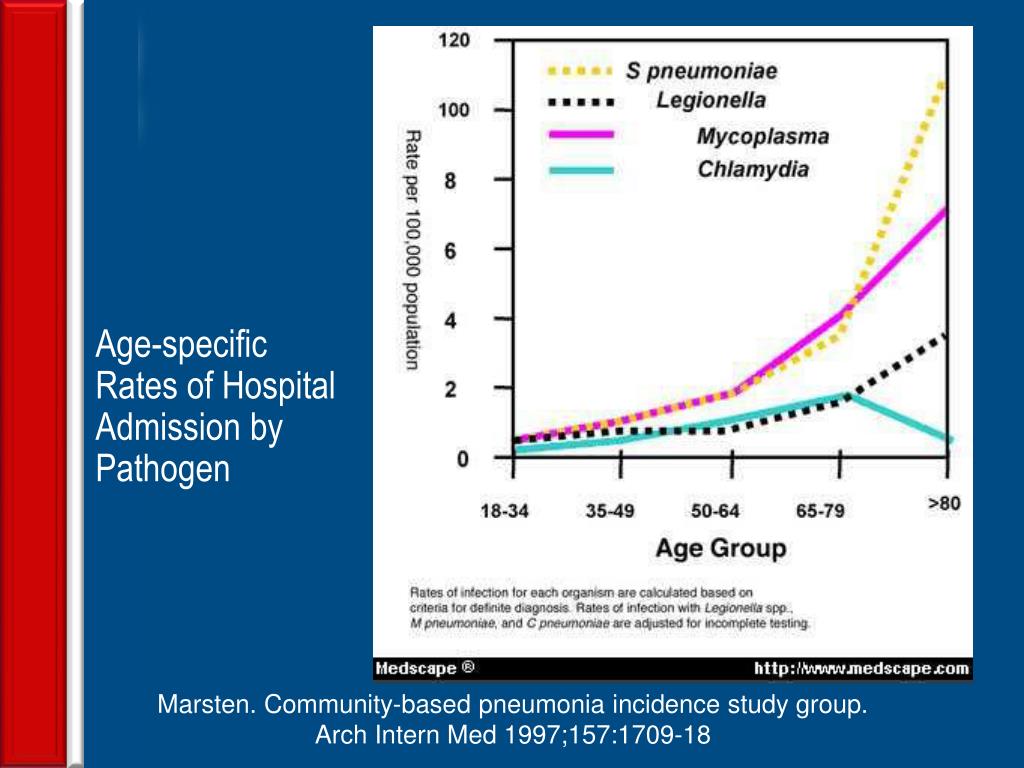

Symptoms occur within 4–6 h of exposure, and include severe dyspnea and cough frequently associated with fever, chills, sweating, nausea, and anorexia. 10, 11, 12, 13Īcute hypersensitivity pneumonia follows exposure to relatively large doses of the responsible antigen and is the most easily recognized variant. More recently, evidence of fibrosis on lung biopsies or computed tomography (CT) scans has been used as a surrogate for identifying patients with chronic disease. Chronic hypersensitivity pneumonia need not be preceded by acute disease, and only a small number of patients with acute disease develop chronic hypersensitivity pneumonia. Subacute hypersensitivity pneumonia refers to patients with periodic symptoms for less than 1 year, and chronic hypersensitivity pneumonia refers to patients with progressive respiratory complaints for at least 1 year. 5, 9 In general, acute hypersensitivity pneumonia is applied to patients suffering from a first attack, with symptom duration of less than 1 month. The terms have been inconsistently applied, reflecting significant overlap between these interrelated categories.

Hypersensitivity pneumonia is often divided into acute, subacute, and chronic-or more simply, acute and chronic-forms. Other forms of occupational lung disease resulting from inhalation of organic dusts, such as asthma, organic dust toxic syndrome, and chronic airway disease (eg, byssinosis), are unrelated to the diffuse interstitial disease referred to as hypersensitivity pneumonia. 2, 3 More recently, non-tuberculous Mycobacteria has emerged as a cause of a hypersensitivity pneumonia-like syndrome in patients exposed to contaminated indoor hot tubs (ie, hot tub lung). Offending agents are most commonly derived from thermophilic bacteria, molds, and various plant or animal proteins, although exposure to certain inorganic chemicals used in manufacturing workers can also result in hypersensitivity pneumonia-like syndromes. A large and growing number of syndromes have been described, and often are named according to the circumstances of exposure ( Table 1). 1 Avian proteins (eg, bird fancier's or pigeon breeder's lung) are also a well established cause of hypersensitivity pneumonia. Farmer's lung was the first described and is perhaps the best known example of this condition. Hypersensitivity pneumonia (-itis), also called extrinsic allergic alveolitis, is a diffuse interstitial lung disorder that results from sensitization to a variety of inhaled antigens, which are most commonly organic dusts or aerosols. The presence of established collagen fibrosis, especially when associated with architectural distortion in the form of honeycomb change, is associated with shorter survivals. Late-stage fibrotic hypersensitivity pneumonia results in clinical, radiological, and histological findings that closely mimic usual interstitial pneumonia.

In some patients, granulomatous inflammation may be lacking, resulting in a histological appearance resembling nonspecific interstitial pneumonia. The bronchiolitis may include variable degrees of peribronchiolar fibrosis and hyperplasia of the bronchiolar epithelium (‘peribronchiolar metaplasia’), a characteristic but a nonspecific finding. Surgical lung biopsies show a classical combination of findings in the majority of patients, which include an airway-centered, variably cellular chronic interstitial pneumonia, a lymphocyte-rich chronic bronchiolitis, and poorly formed non-necrotizing granulomas distributed mainly within the peribronchiolar interstitium.

Lung biopsy is especially important in diagnosing hypersensitivity pneumonia in patients for whom no incriminating exposure has been elucidated. Establishing the diagnosis in the absence of lung biopsy is challenging and is heavily dependent on being able to identify a specific antigenic exposure. Clinical and radiological features are relatively nonspecific, overlapping significantly with other forms of diffuse interstitial lung disease. Hypersensitivity pneumonia is a form of diffuse interstitial lung disease resulting from sensitization to an inhaled antigen.


 0 kommentar(er)
0 kommentar(er)
